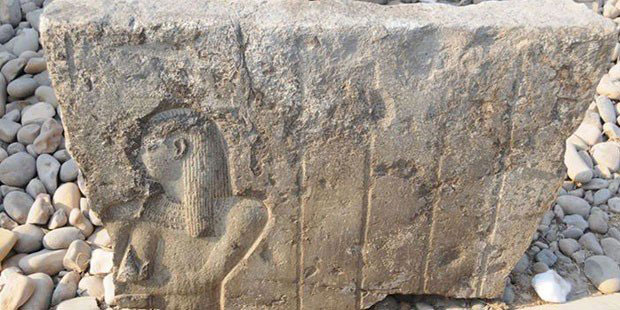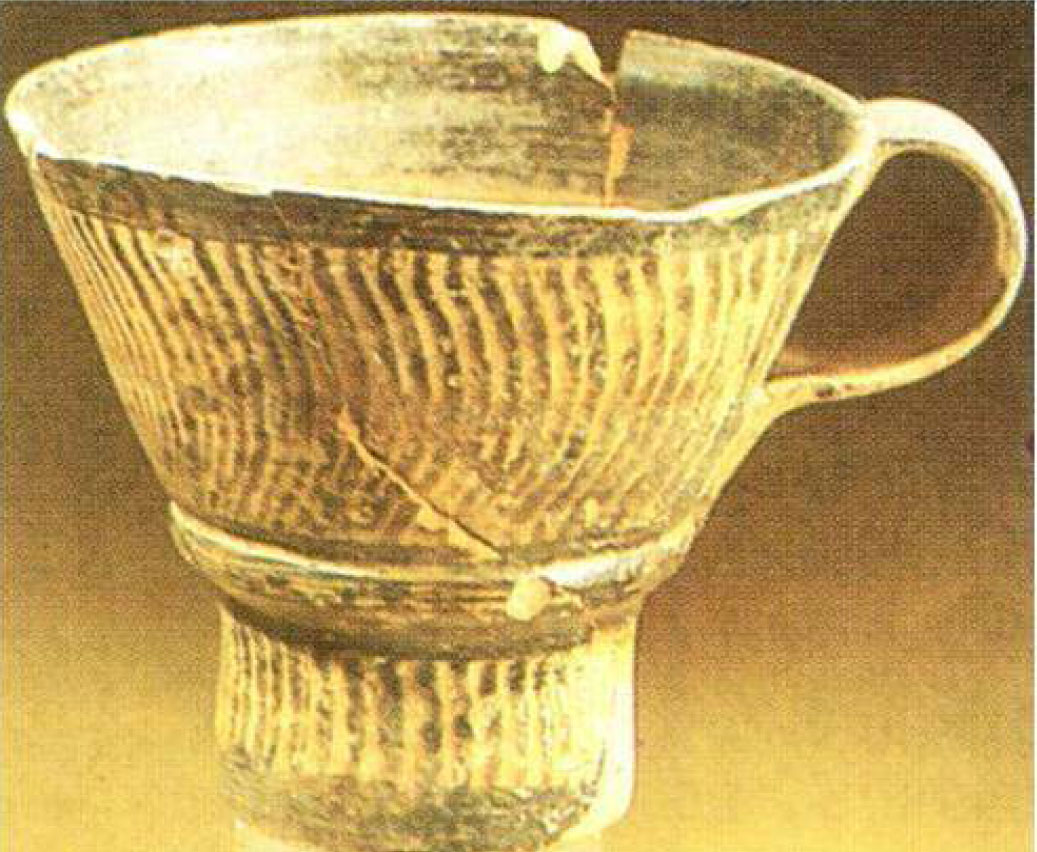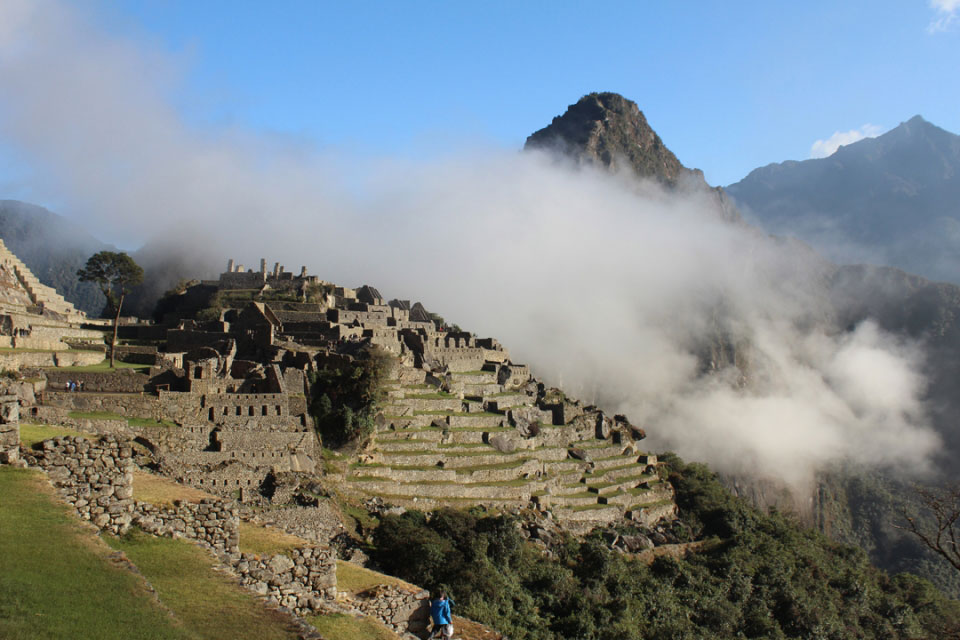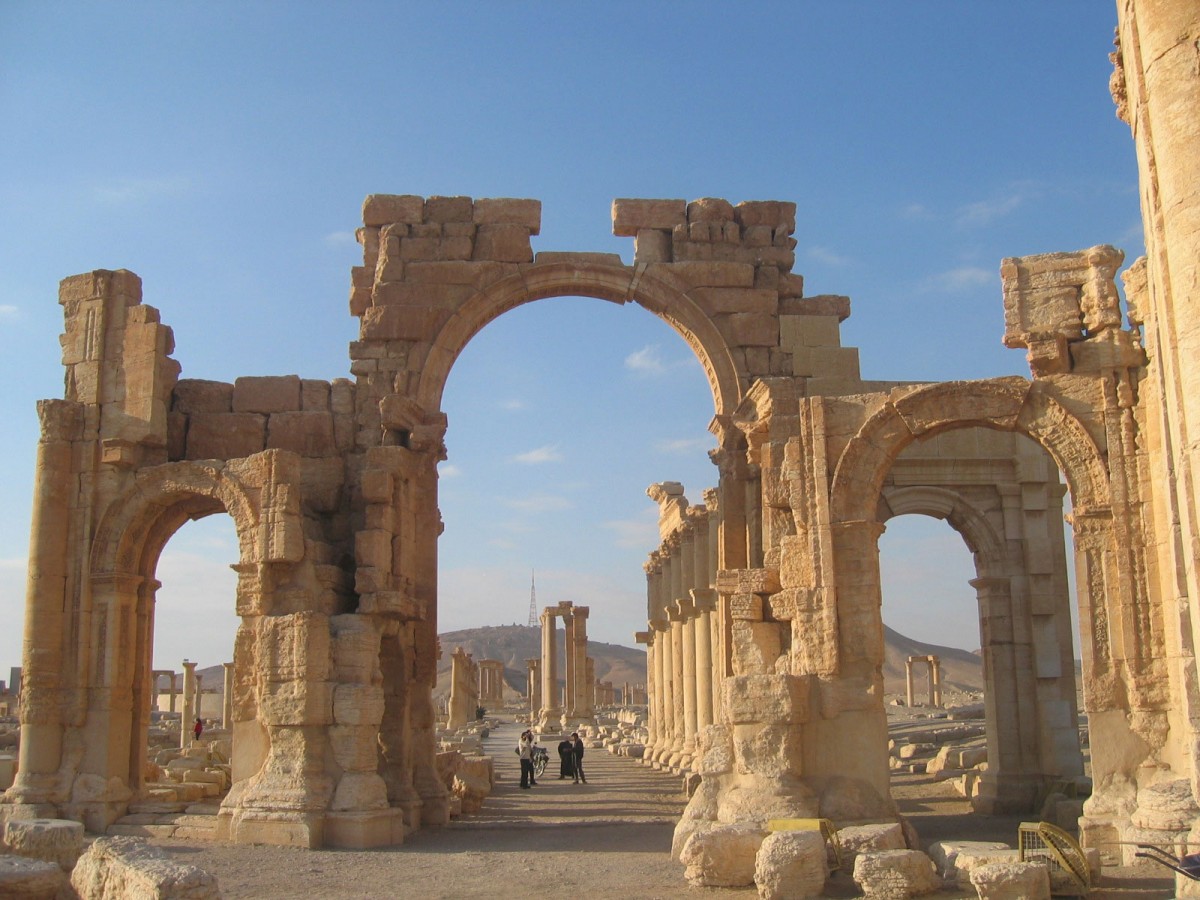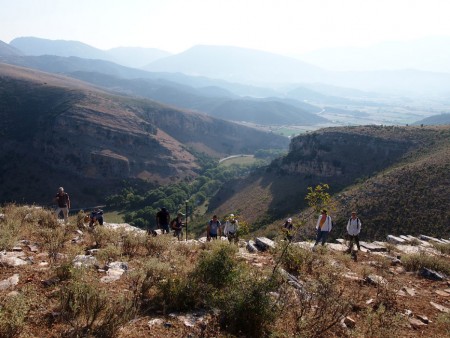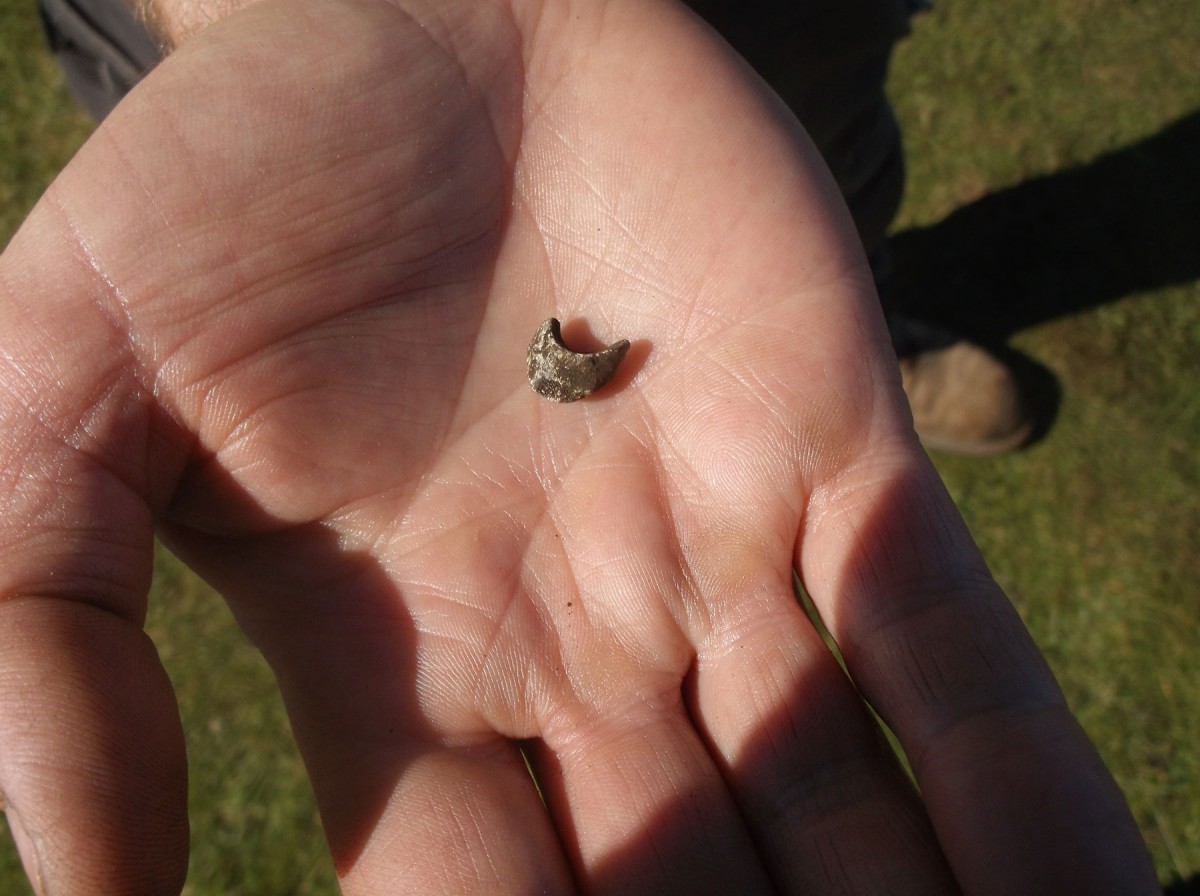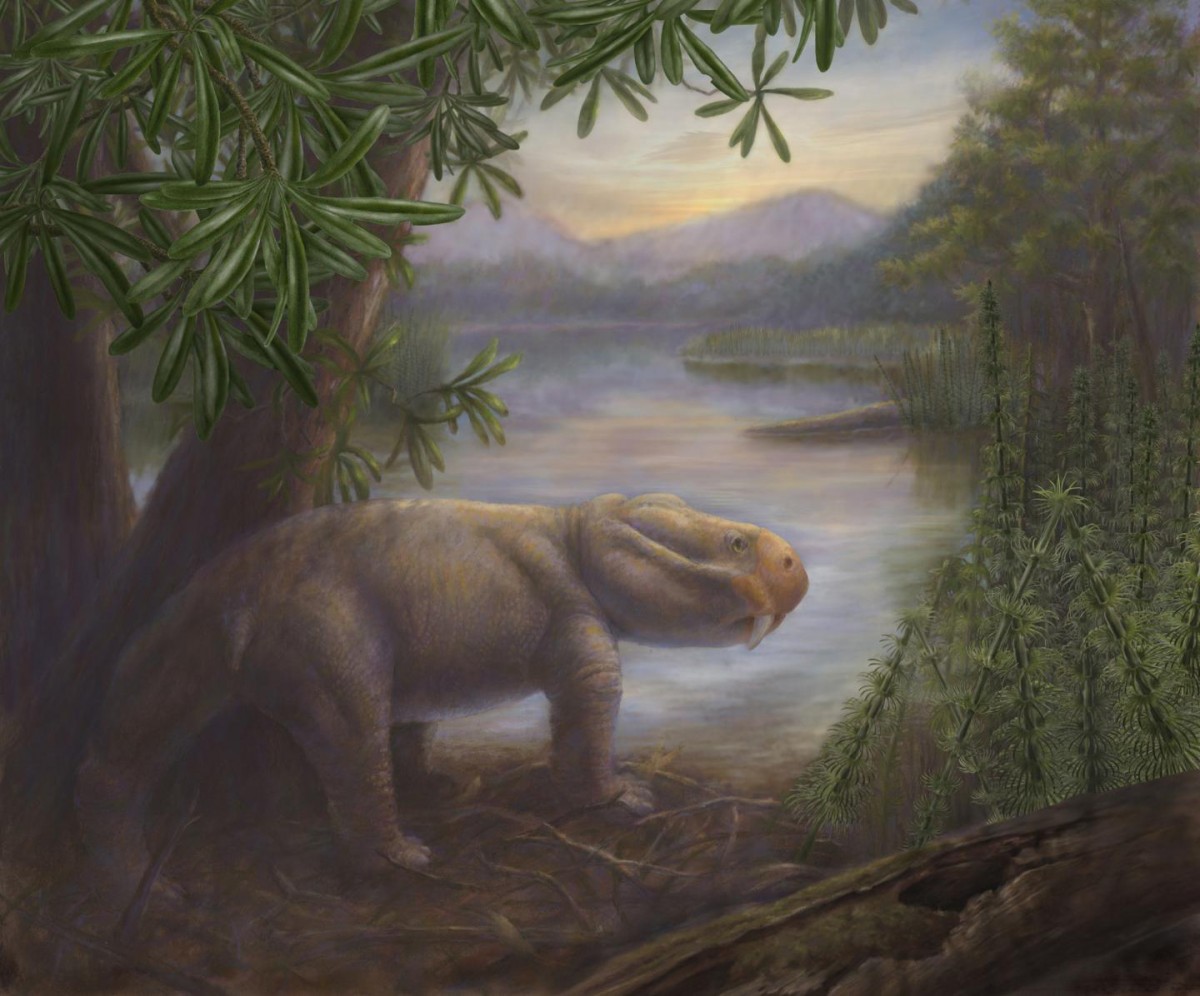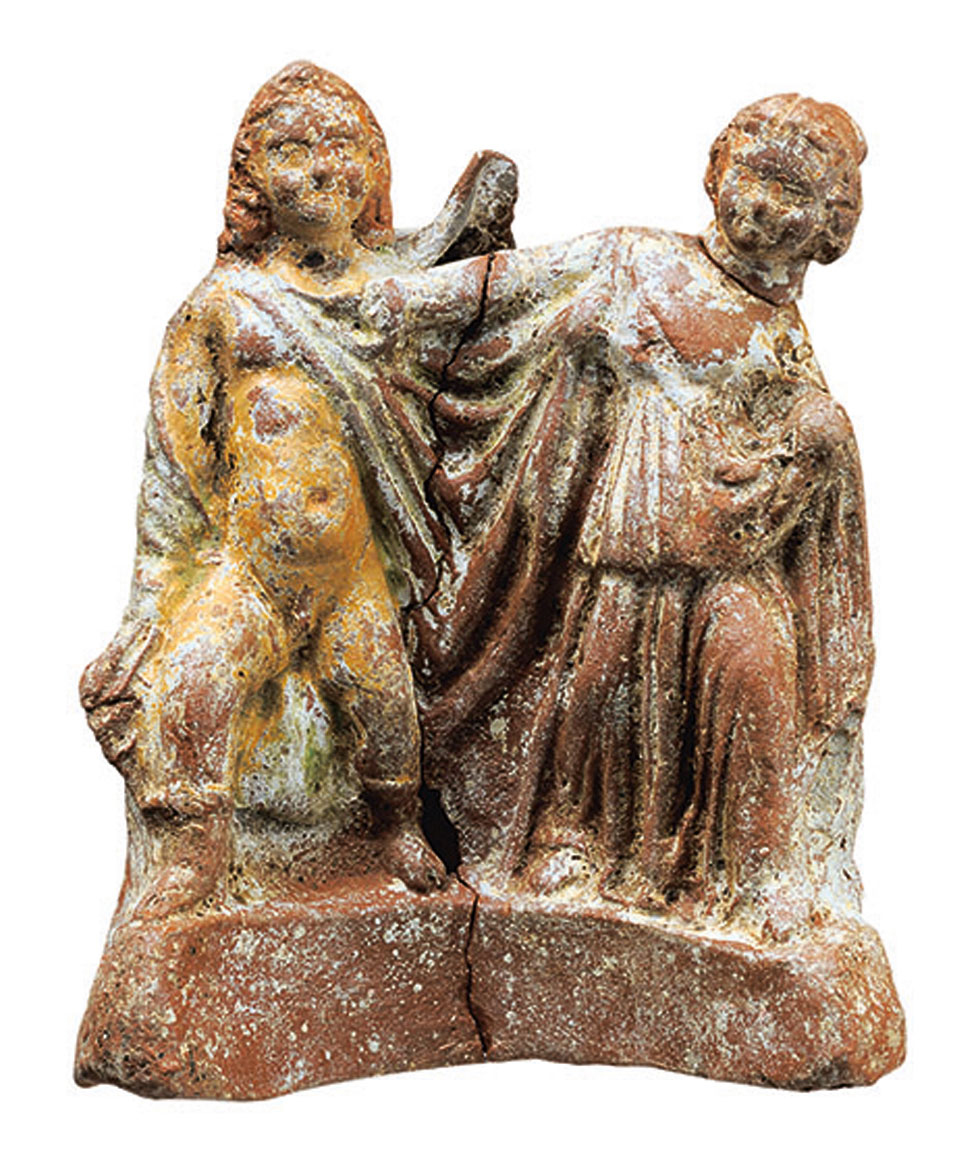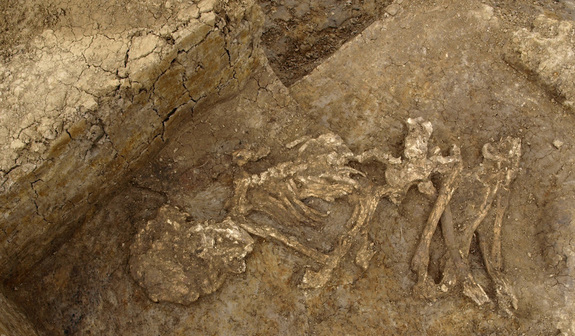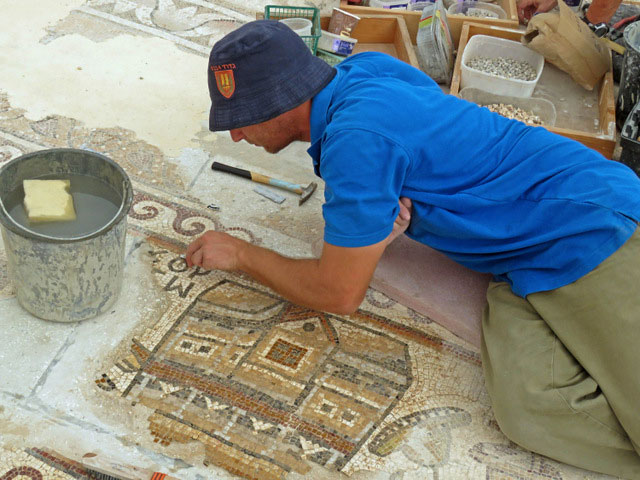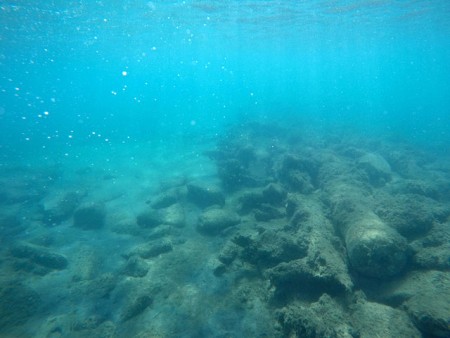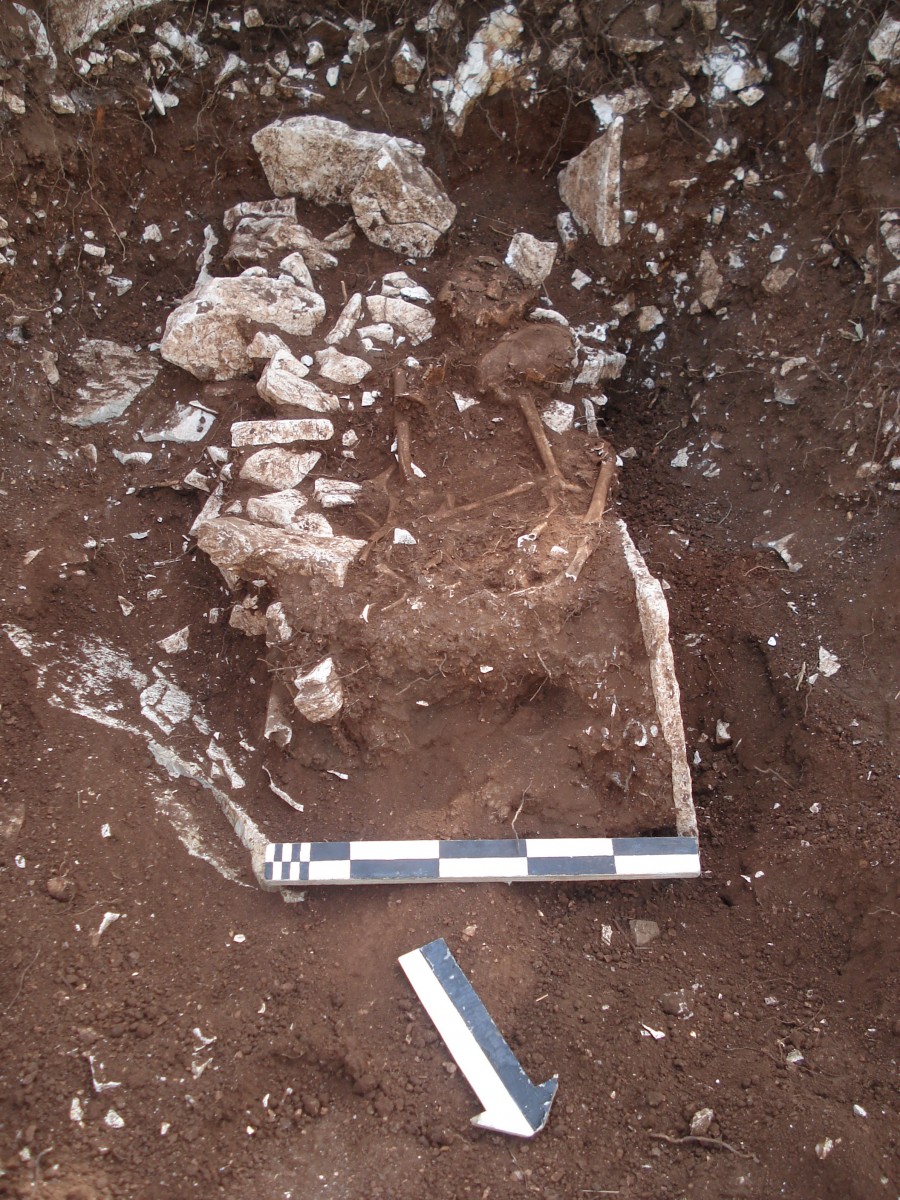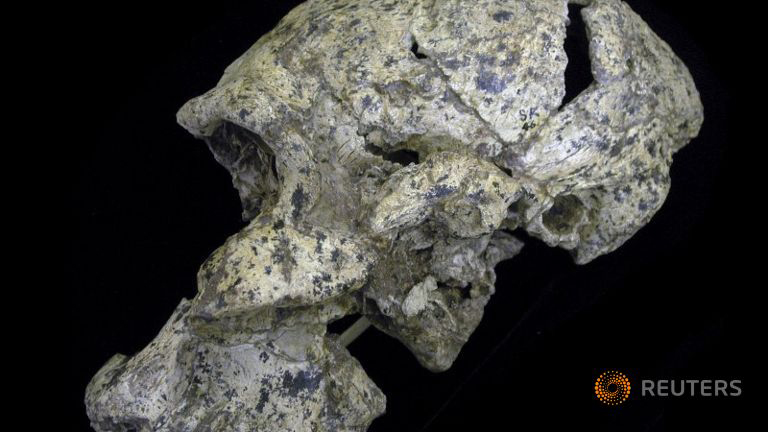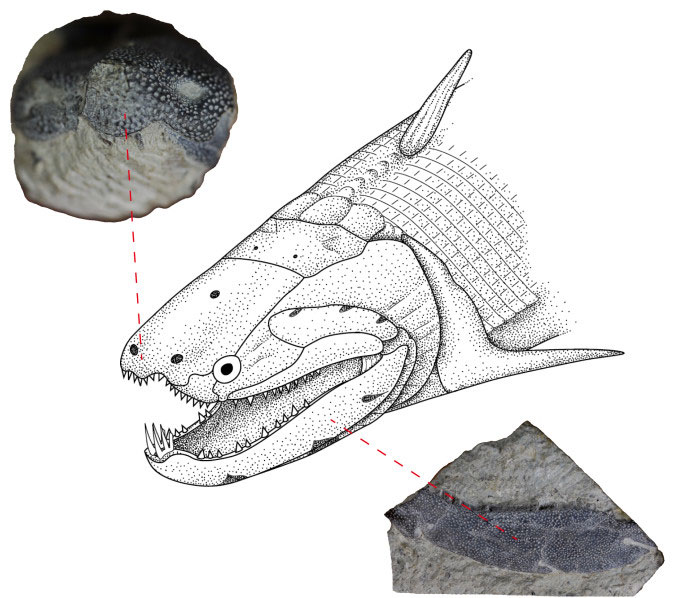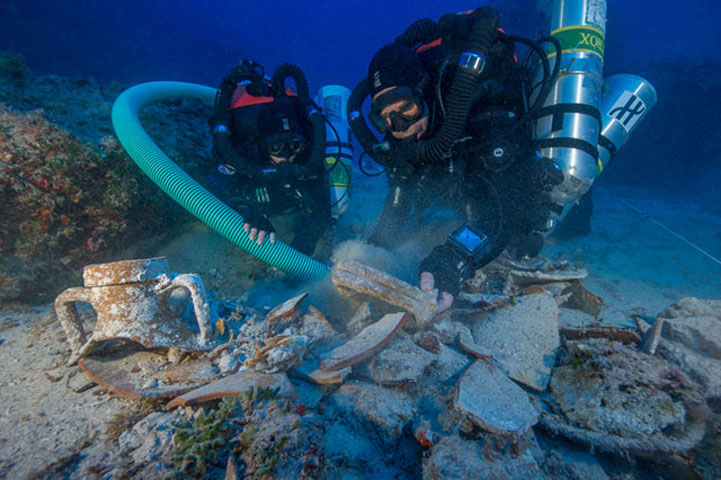Ruins of a 2,400 year-old shrine beneath modern Cairo
Egyptian and German archaeologists discovered the ruins of a 2,400 year-old shrine beneath Cairo’s modern district of Mataria.
Mammoth bones found in Michigan
An ancient mammoth unearthed in a farmer's field southwest of Ann Arbor may provide clues about the lives of early humans in the region.
Volcanic island collapses may trigger mega-tsunamis
A pre-historical sudden collapse of Fogo (Cape Verde Islands), one of the tallest and most active oceanic volcanoes on Earth, triggered a mega-tsunami with waves impacting 721 feet above present sea level resulting in catastrophic consequences.
Albania and the Aegean during the Bronze Age
Dr Akis Tsonos will give a lecture on the nature of the relations between Albania and the Aegean and on the unknown sides of the Albanian Bronze Age.
Unraveling the Mystery of Machu Picchu
Researchers will analyze the genomes of the skeletal remains from more than 170 individuals buried at the site.
Palmyra’s Arch of Triumph blown up by IS
IS militants have “pulverized” Palmyra’s Arch of Triumph, according to officials and local sources.
Middle Kalamas Archaeology Project
On Friday, October 9, Georgia Kourtessi-Philippakis (Associate Professor of Prehistoric Archaeology, University of Athens, Greece) will present the results of the Middle Kalamas Archaeology Project in Thesprotia.
Burnt bone could shed light on life in Staffin 8,000 years ago
An archaeological excavation in Staffin has yielded a fragment of worked bone, and several hundred flints, which could provide further clues about life in the area 8,000 years ago.
Stability of surviving communities increases following mass extinction
The structure of ecological communities leading up to the Permian-Triassic Extinction is a key predictor of the ecological communities that would demonstrate stability through the event.
The Amphipolis monument was erected in honour of Hephaestion
The burial monument of Amphipolis has been commissioned and funded by Alexander the Great in honour of his beloved friend Hephaestion, according to the latest announcement of the excavators.
Unique multi-chambered tomb in Pella opens to public
The imposing eight-chambered family tomb in ancient Pella, the largest rock-hewn chamber tomb in Greece, will be opened to the public until November.
Mummification was commonplace in Bronze Age Britain
Ancient Britons may have intentionally mummified some of their dead during the Bronze Age, according to archaeologists at the University of Sheffield.
What’s inside the Pompeii mummies
Archaeologists have released impressive images of the scanned Pompeii victims, which leave little to imagination...
Byzantine mosaic depicting a map with streets and buildings
A 1,500 year old mosaic, depicting a map with streets and buildings, found two years ago, will be presented to the public for the first time on October 1.
Archaeologists uncover Bronze Age ‘sauna house’ in Orkney
The exciting discovery was made recently on the periphery of the prehistoric Links of Noltland, on the island of Westray, next to where the famous ‘Westray Wife’ was found in 2009.
Two shiprecks located off the coast of Methoni
Marine geophysical surveys have located and mapped two shipwrecks laying on the seabed off the coast of Methoni.
A hill’s secret: Ammotopos
During construction works for the Ionian Road significant finds came to light enriching the archaeological map of Arta.
Early humans’ hearing pattern resembles chimpanzees
Research into human fossils dating back to approximately two million years ago reveals that the hearing pattern resembles chimpanzees, but with some slight differences in the direction of humans.
Tutankhamun’s tomb might soon reveal sensational secrets
After inspecting Tutanhamun's tomb, Egyptian Minister of Antiquities Mamdouh Eldamaty announced on Monday that the tomb's northern and western walls both hide chambers.
How to find out about the human mind through stone
Researchers at the UPV/EHU-University of the Basque Country are looking at flint flakes to study laterality in Palaeolithic humans, in other words, which hand they used to fashion their artifacts.
Enamel evolved in the skin and colonized the teeth much later
When did the enamel that covers our teeth evolve? And where in the body did this tissue first appear?
Old Kingdom wooden statuette to be repatriated from France
A 6th Dynasty wooden statuette will soon be repatriated from France. The artefact was stolen from the Saqqara Museum Store.
The Sunken Treasure of Antikythera on show in Switzerland
The exhibition tells the story of a ship that sank around 70/60 BC during a storm off the Island of Antikythera near Crete...
Antikythera Shipwreck: Fabulous finds with every single dive
Archaeologists excavating the famous ancient Greek shipwreck that yielded the Antikythera mechanism returned to the field this summer to find out that it is far from exhausted.
